So many of us have airline miles that will expire before we have a chance to use them. Recently I learned about a wonderful program that can really use those miles. The nonprofit Fisher House Foundation offers a program called “Hero Miles,” in which they work with the airlines, whose passengers have donated their frequent flyer miles, to provide assistance to our wounded service men and women and their families. Thousands of free airline tickets have been issued to soldiers who have been wounded while serving in Iraq or Afghanistan and are currently receiving medical treatment at a military medical facility. These tickets are used for a short visit home between procedures and treatment or to fly family members to wounded soldiers who are unable to travel home.
 I can personally say that this program is wonderful. This last June, my nephew was severely wounded in Afghanistan. He was taken to Germany, where he under went surgery before being transferred to United States. The Fisher House Foundation, through the ”Hero Miles” program, flew his mother, father and sister to Washington DC to be at his bedside as he underwent several more surgeries. It does make a world of difference to these young men and women to have their families beside them while they go though such an extremely difficult time in their lives. The family presence really aids with the recovery process.
I can personally say that this program is wonderful. This last June, my nephew was severely wounded in Afghanistan. He was taken to Germany, where he under went surgery before being transferred to United States. The Fisher House Foundation, through the ”Hero Miles” program, flew his mother, father and sister to Washington DC to be at his bedside as he underwent several more surgeries. It does make a world of difference to these young men and women to have their families beside them while they go though such an extremely difficult time in their lives. The family presence really aids with the recovery process.
AirTran Airways, Alaska Airlines, American Airlines, Continental Airlines, Frontier Airlines, Midwest Airlines, United Airlines, and US Airways are currently participating in this program. Participating airlines change from time to time, so to find out if your airline is participating, visit the Fisher House website.
This very important program can only exist through the kindness and generosity of frequent flyer members. So please don’t let your miles go unused and support America’s heroes and their families by donating to the “Hero Miles” program. You’ll be helping to reunite these families and show that we do care for our American soldiers.

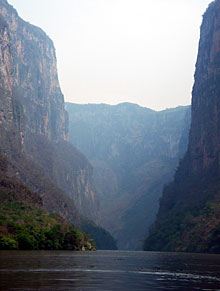
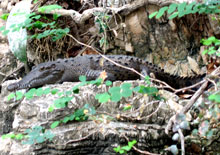
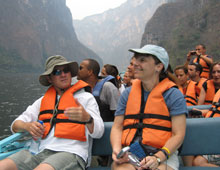

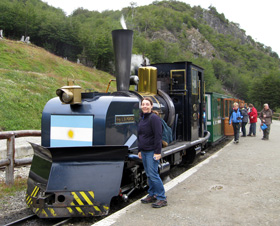
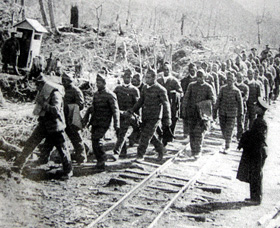
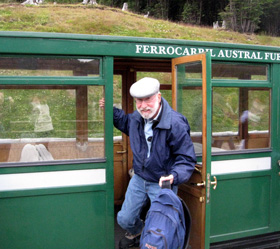
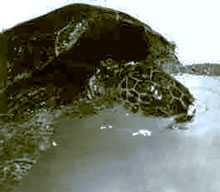
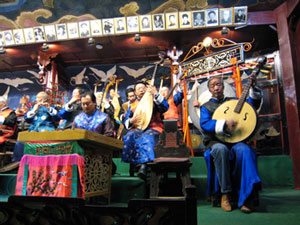
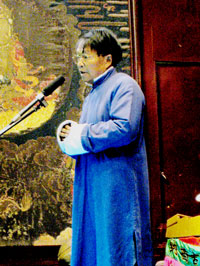

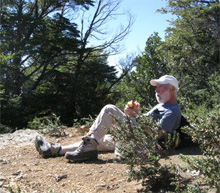 On our very first day in Buenos Aires, exhausted from jet lag and very hungry, we stopped at an empanada stand. Empanadas are a staple of Argentinian food. Basically, they are dough folded around a filling and baked. The name comes from the Spanish verb empanar, meaning to wrap or coat in bread. The available fillings were meat, onions and cheese, or ham and cheese. We opted for the latter. Delicious! OK, it was the first day, but we found a great lunch. Along the way, in other towns, we stopped in grocery stores, bakeries, etc. and ham and cheese was the filling we could consistently count on for empanadas.
On our very first day in Buenos Aires, exhausted from jet lag and very hungry, we stopped at an empanada stand. Empanadas are a staple of Argentinian food. Basically, they are dough folded around a filling and baked. The name comes from the Spanish verb empanar, meaning to wrap or coat in bread. The available fillings were meat, onions and cheese, or ham and cheese. We opted for the latter. Delicious! OK, it was the first day, but we found a great lunch. Along the way, in other towns, we stopped in grocery stores, bakeries, etc. and ham and cheese was the filling we could consistently count on for empanadas.  On May 21, 2010, California Native owners Lee and Ellen Klein were guests of Mexico’s President Felipe Calderón at a luncheon he held in Mexico City at Los Pinos, Mexico’s official presidential residence.
On May 21, 2010, California Native owners Lee and Ellen Klein were guests of Mexico’s President Felipe Calderón at a luncheon he held in Mexico City at Los Pinos, Mexico’s official presidential residence.
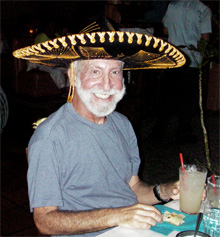 Most Americans think that Cinco de Mayo (the 5th of May) celebrates Mexican Independence Day. Not so. Mexican Independence Day is September 16. Then what is Cinco de Mayo?
Most Americans think that Cinco de Mayo (the 5th of May) celebrates Mexican Independence Day. Not so. Mexican Independence Day is September 16. Then what is Cinco de Mayo? Napoleon enlisted England and Spain to join him in a mission to encourage Mexico to pay off its foreign debts. The mission began with the landing of French, English and Spanish troops at Vera Cruz. The French minister then demanded that Mexico pay 12 million pesos to France, an impossible amount, given the state of the Mexican treasury.
Napoleon enlisted England and Spain to join him in a mission to encourage Mexico to pay off its foreign debts. The mission began with the landing of French, English and Spanish troops at Vera Cruz. The French minister then demanded that Mexico pay 12 million pesos to France, an impossible amount, given the state of the Mexican treasury.